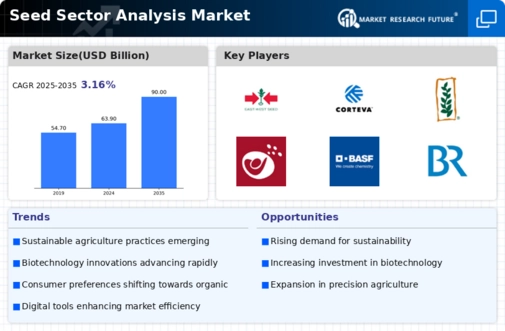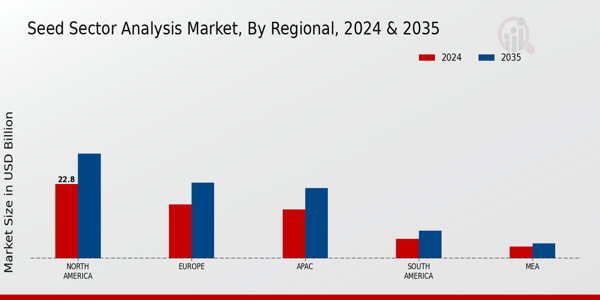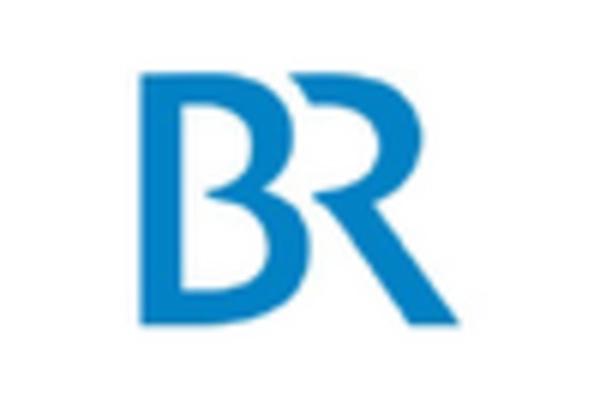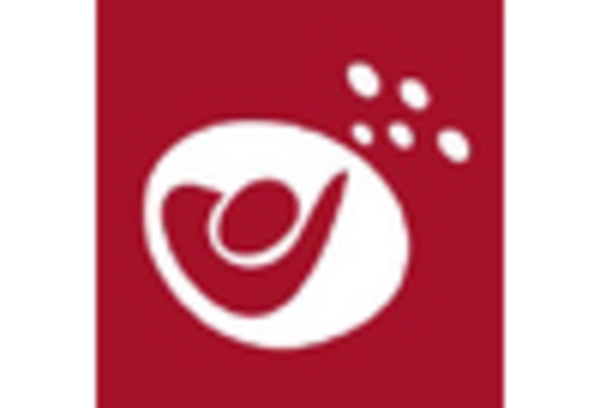The competitive insights of the Global Seed Sector Analysis Market reveal a highly dynamic landscape characterized by innovation, technology advancement, and shifting consumer preferences. This market has become increasingly significant as agricultural practices evolve to meet rising global food demands, sustain the environment, and address climate challenges.
Key players are focusing on research and development to produce high-yielding and disease-resistant seed varieties. The competitive arena is populated by various multinational corporations and local firms, each vying for market share through strategic collaborations, mergers and acquisitions, and rigorous branding efforts.
The increasing importance of sustainable agriculture also influences market strategies, prompting companies to invest extensively in genetic research and eco-friendly practices, ensuring that productivity goes hand in hand with environmental stewardship.
EastWest Seed has established a formidable presence in the Global Seed Sector Analysis Market, focusing primarily on vegetable seeds designed for tropical climates, leading to its strong position in Southeast Asia and other emerging markets. The company capitalizes on its extensive research and development capabilities, resulting in a portfolio of high-quality seeds that meet the specific needs of local farmers.
EastWest Seed's commitment to innovation is evident in its continuous investment in breeding programs aimed at developing robust varieties that are not only high-yielding but also resilient to pest and disease pressures.
Additionally, the company's deep understanding of agricultural practices in its target regions allows it to provide reliable support and services to farmers, enhancing its competitive edge. This localized approach, combined with a strong focus on partnerships and collaborations with agricultural stakeholders, positions EastWest Seed as a leader in the global seed market.
Mitsui and Co. play a critical role in the Global Seed Sector Analysis Market, leveraging its vast resources and international network to enhance its agricultural portfolio. The company focuses on innovative seed technologies and quality product offerings, ensuring that it remains competitive in a rapidly changing marketplace.
Mitsui and Co invests in research initiatives aimed at developing hybrid seeds that cater to diverse agricultural environments, further strengthening its market proposition. Its global reach allows the company to tap into various markets and respond effectively to regional agricultural trends and needs.
In addition to its strong emphasis on research and development, Mitsui and Co. are dedicated to sustainability, integrating eco-friendly practices into its operations. The company's strategic partnerships with key industry players enhance its competitiveness and drive growth in the Global Seed Sector Analysis Market, positioning it favorably against other industry leaders.


















Leave a Comment